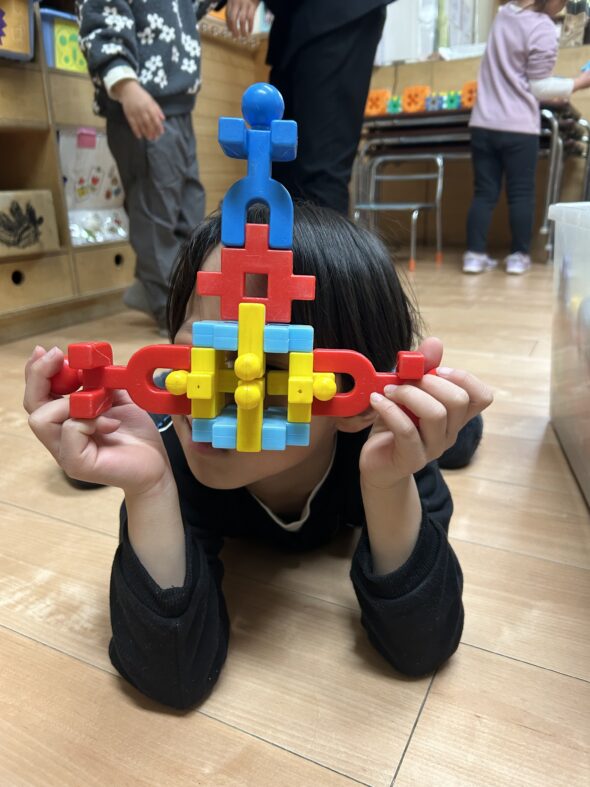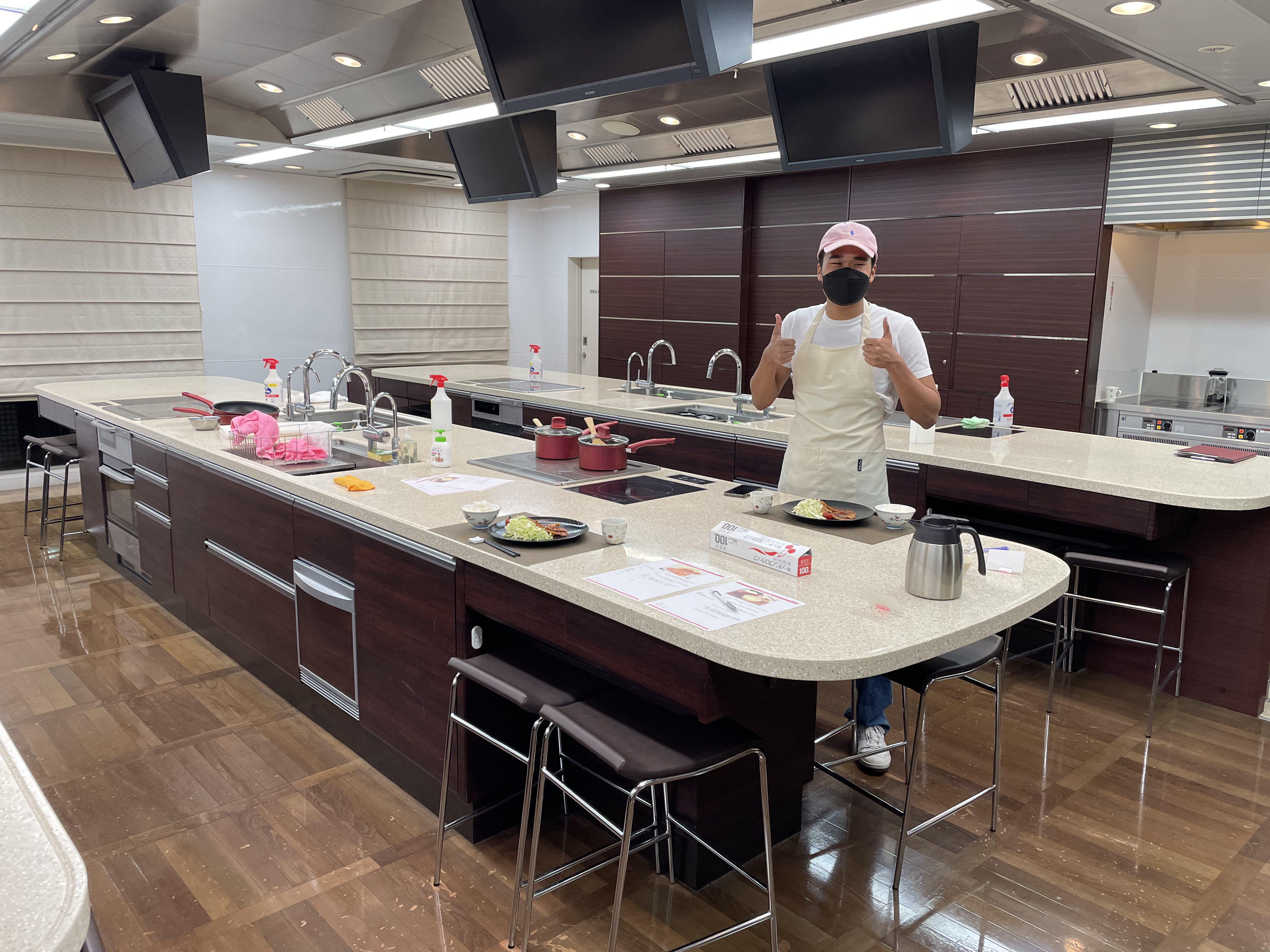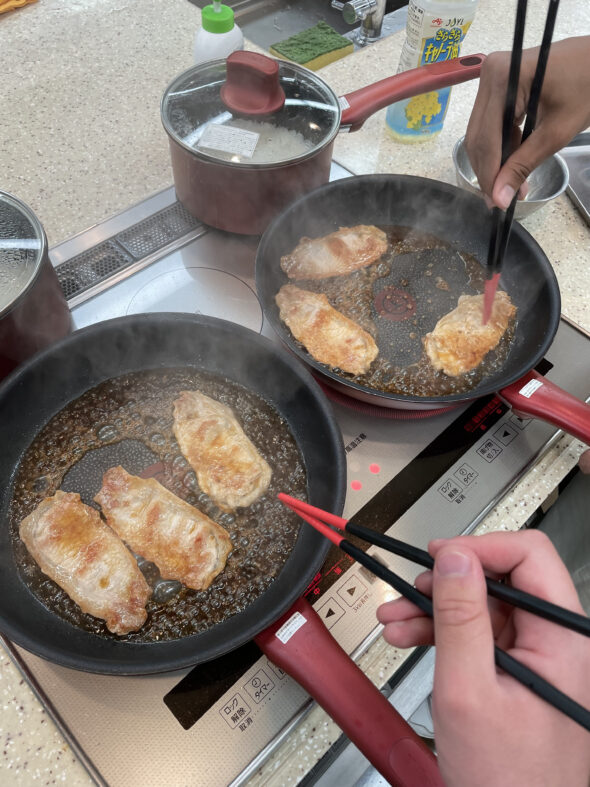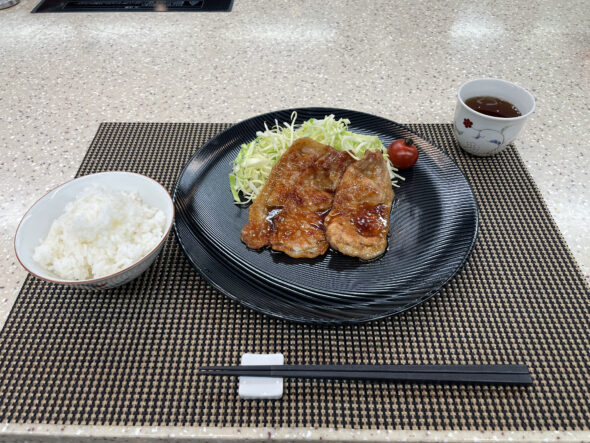My CIP work with にこにこトマト has been extremely rewarding. I’ve volunteered at a hospital back home, but my work at Kyoto University Hospital has given much greater opportunity to interact one-on-one with young patients. Everyone involved in the program – a group largely composed of older Kyoto women – is remarkably devoted, spending multiple hours every week preparing and putting on any number of activities.
I’ve noticed that the overall environment is warm and relaxed without sacrificing productivity. Everyone busily chats about their family, hobbies, and hometowns as they work diligently on things for the next week. Recently we’ve been working on decorations for the New Year, but in the past we’ve made Halloween treat bags and Christmas-themed treats.
Still, I found myself wondering why these women, who could be doing any number of things with their time, continue to devote themselves so unfalteringly to the program. As I spoke with them formally for class, listened to their usual conversations, and did research into the program’s history, it became clear to me that the reason many of these women continue to volunteer stems from desire to help the suffering families of the hospitalized children.
In fact, many of these women’s own children were at one time hospitalized at Kyoto University Hospital. Because of this, I think they are intimately familiar with the pain and worry that a family with a sick child suffers. Rather than move away from their own painful memories from the hospital, the women return every week to help total strangers. In a newspaper article I found about the group, the author reprinted a letter sent to にこトマ by a parent whose young daughter had passed away during her hospitalization. Though she suffered terribly, にこトマwas able to give her a little bit of fun and happiness. For that, the family expressed deep gratitude. Seeing those words, I felt like all the afternoons I raced from class on my bike to make it to the hospital on time were totally worth it.
Above all, what I’ve enjoyed most about my time with にこトマ is the fact that nothing marks it as exclusively “Japanese”. I think many of us have grown up with American films and television shows that, while not necessarily belittling Japan, offer a largely static image of this country.
What I mean is, that when I talk to friends back home about my time here, they often rely on their knowledge of characters like Mister Miyagi from The Character Kid as a crutch in trying to understand Japanese culture. I would be lying if growing up with these kinds of images hadn’t quietly influenced my own assumptions about what “community involvement” here would look like as well.
In a certain way, I think I allowed these American images of stoic, polite, and ultimately traditionalist characters color what I expected of the people I’d be volunteering alongside. Given my limited experience with Japan prior to coming to Kyoto, I might have expected terms like 和, 甘え, or 建前 somehow made their way into my day to day volunteer conversations. After all, cultural products like The Karate Kid teach us that Japanese people, in their alien cultural sagacity, only speak to foreigners in metaphor: the cherry blossom is a human life, a sweet karate kick is a crescent moon.
Of course, these stereotypes didn’t hold true. The people I met through にこトマ weren’t interested in talking about tea ceremony or how to show your true heart through origiami. Rather, through volunteering at Kyoto University Hospital I came to realize something that was ultimately far more comforting than one of Mr. Miyagi’s sermons. That is, it doesn’t matter where you go – five minutes away from Amherst or halfway around the globe – good people are good people. Despite all of our cultural differences, language difficulties, and painful histories, we can still connect through our basic human desire to help others, to realize our good will through action together. The extremely foreign becomes remarkably accessible when you realize that in the end, we are all human.





